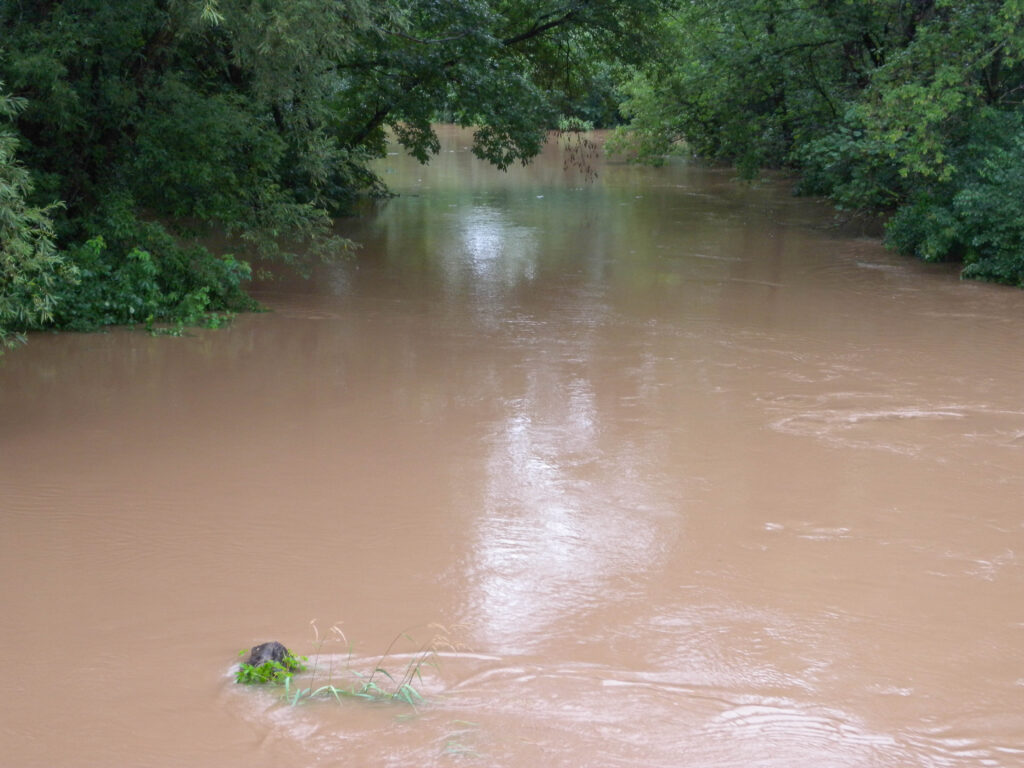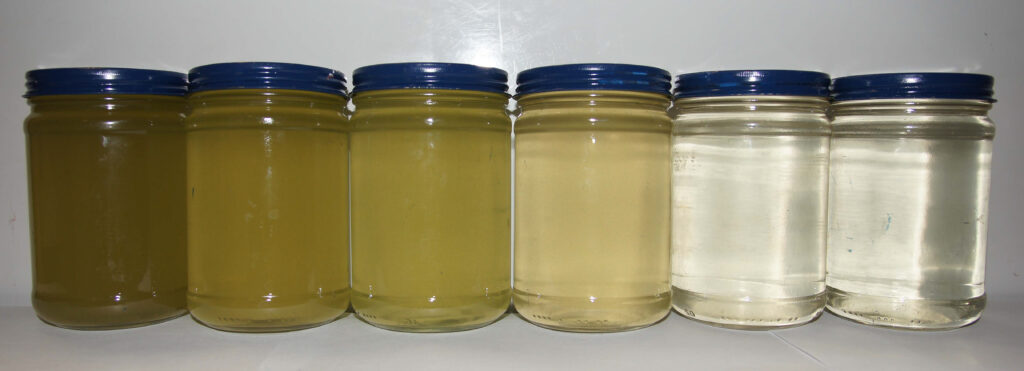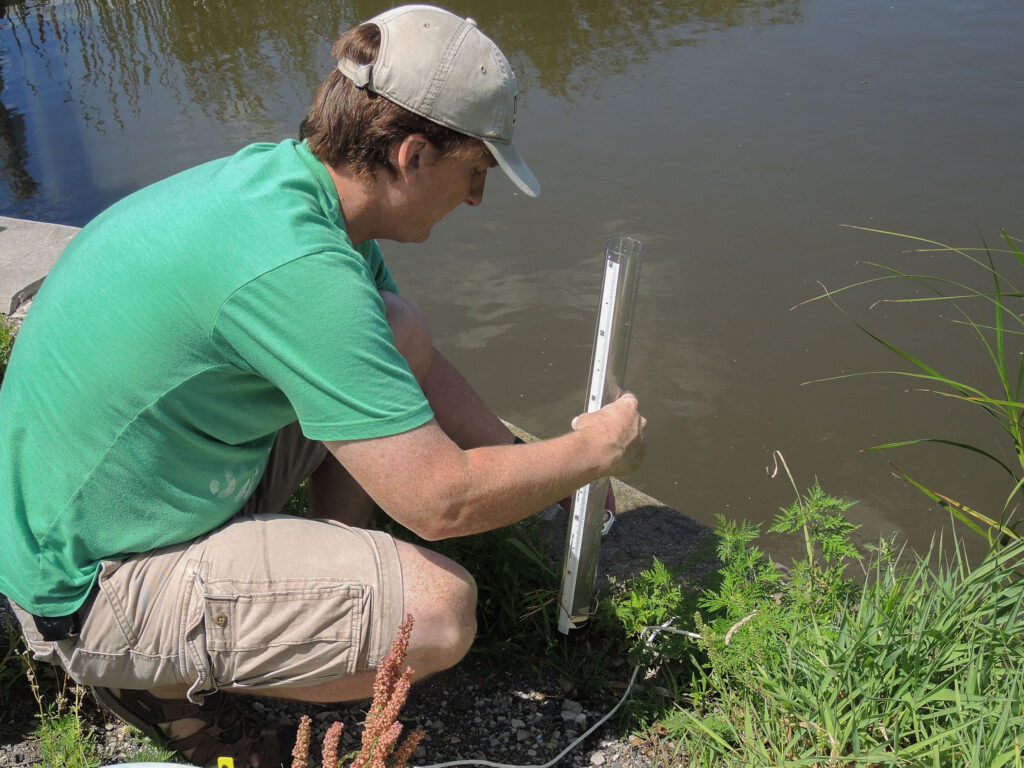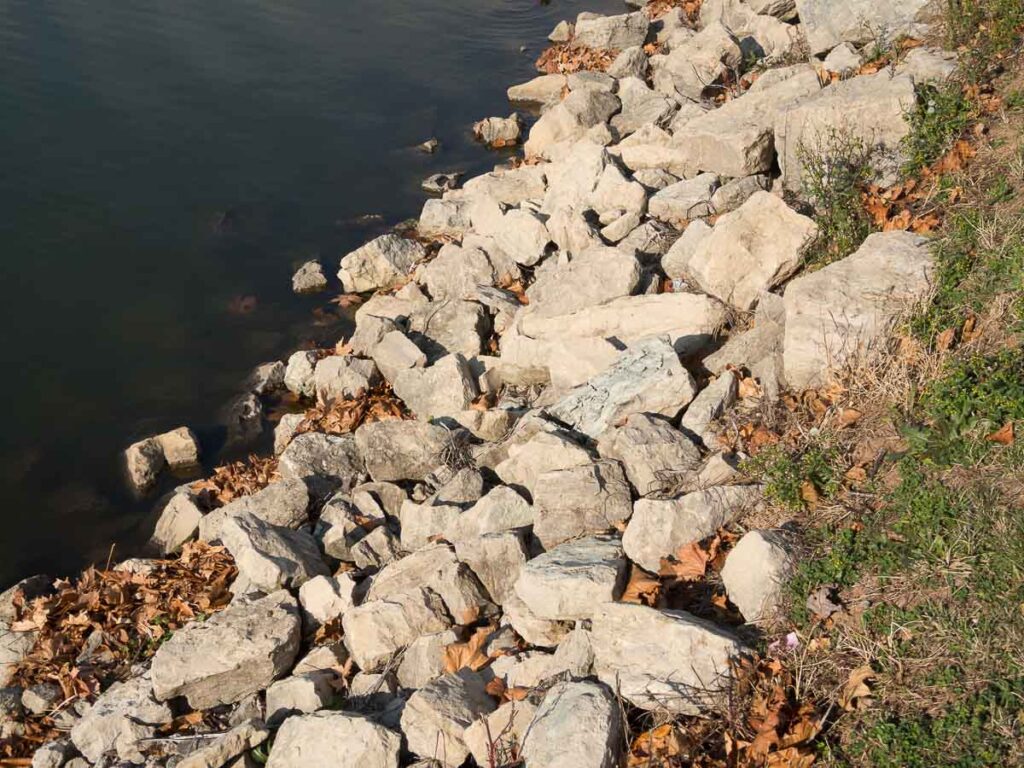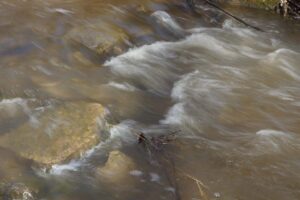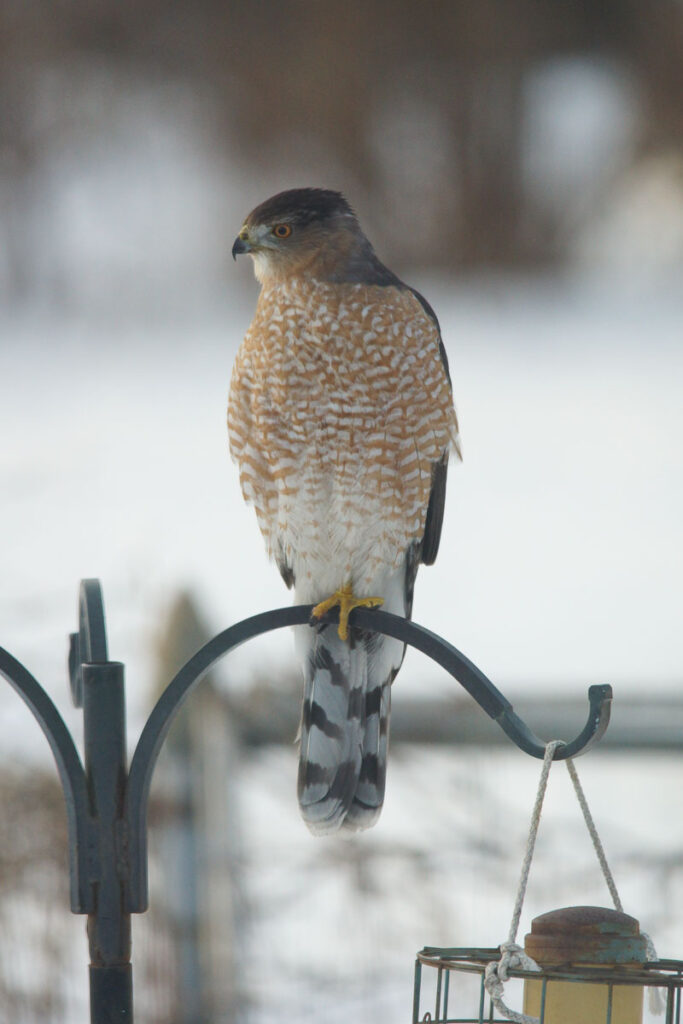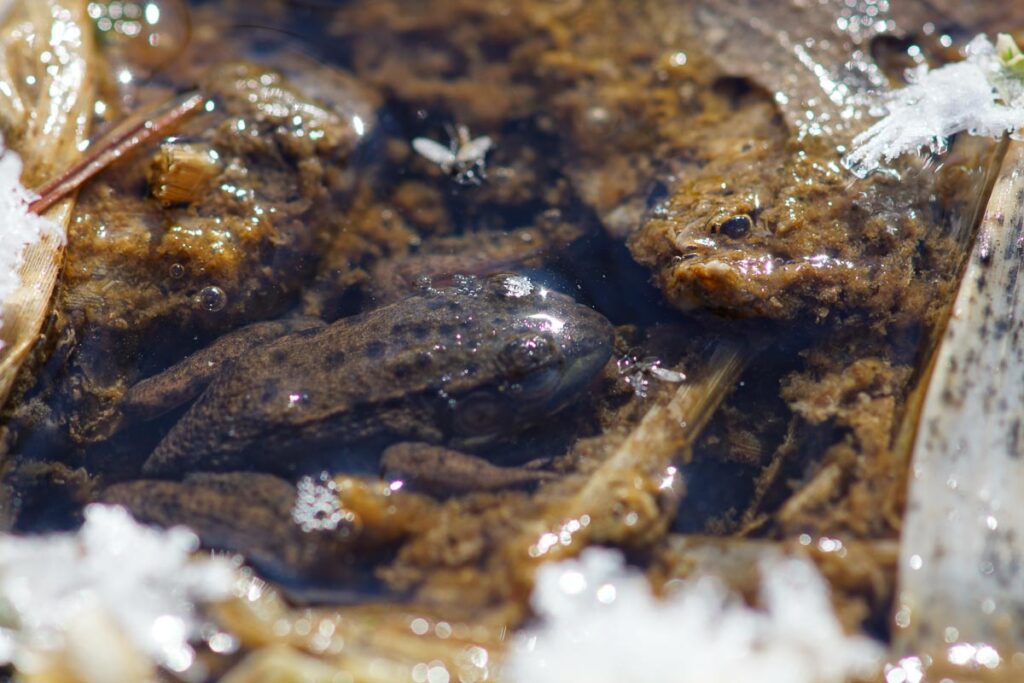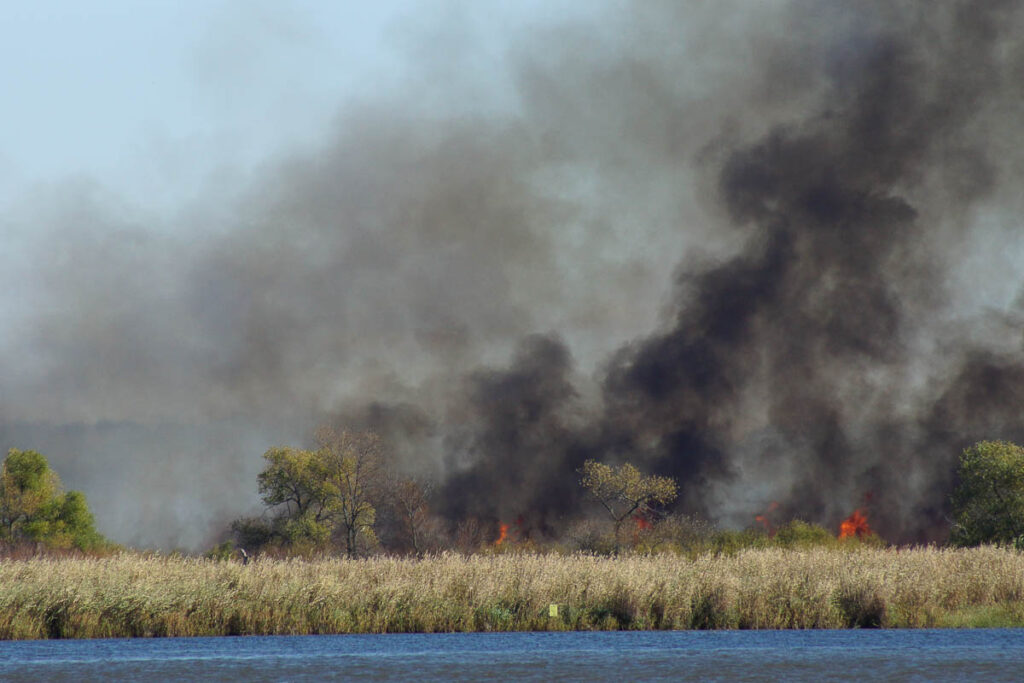In ecology, biomass is the living matter, quantified in the form of the weight of plants and animals. In industry, it is fuel for energy production like firewood. I’ll stick with the ecological definition. Biomass can be measured as the weight of the organisms’ live weight or dry biomass. Dry biomass is a better measurement for comparing one species to another in an ecosystem, particularly with plants. With plants, the amount of water retained can be significant, so drying the material to be weighed will give a comparison between species or even the same species in different growing conditions.
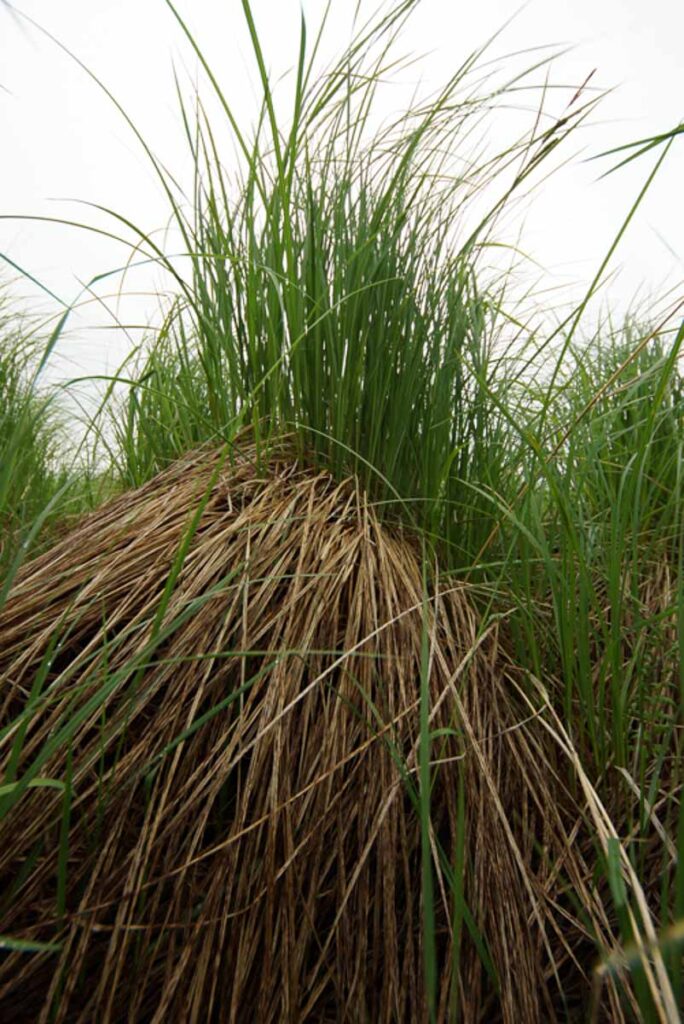
I am more familiar with comparing the biomass of plants. One might want to know the biomass of plants to see what plant species are dominant in an ecosystem and how ecosystems change due to succession or the advancement of an invasive species. Studies looked at the dry biomass of sedge meadows vs wetlands with invasive cattails to see how they change. They found a massive change in the biomass of these plants. Such a change in the ecosystem must lead to major changes to the population of animals and many other effects like hydrology.
Ecologists might want further to understand the difference between above-ground and below-ground biomass. This difference can have profound effects on the soil and affect a whole cascade of events. A plant with more below-ground biomass will be storing more water and nutrients than a plant with few roots. Plants like Kentucky Bluegrass will have little below ground compared to say the prairie grass Big Bluestem. The Big Bluestem will be better able to withstand drought, fire, and other stresses better than the turf grasses. The prairie grass will store more carbon in its living tissues and release the carbon and nutrients deeper into the soil where it can be used by a greater variety of organisms. Thick underground roots will also help reduce soil erosion. This doesn’t mean that all plants with short root systems are bad, they are part of a mosaic of species that fill special niches. When grown in a monoculture they have negative effects compared to a diverse ecosystem.
Living vs. Non-living biomass. The bulk of some organisms is non-living. As humans, our fingernails and hair are nonliving tissue that makes up a trivial amount of our biomass, a burr oak tree on the other hand is mostly non-living biomass. The “dead” material in the case of a tree is mostly there for skeletal support and some water transport.
Biomass is a convenient way to measure fish populations and is useful for biologists to help manage those populations. Declining biomass in a fishery could be a sign of overfishing, a cycle, a poor hatch rate, a change in competition, or long-term climate change. Just because something is declining doesn’t mean it is problem. A few data points of biomass must be combined with other data to say the change is due to anthropogenic or some other natural factor.
Biomass can also refer to a category of fuel, like firewood, or a manufacturing byproduct used to produce energy.

